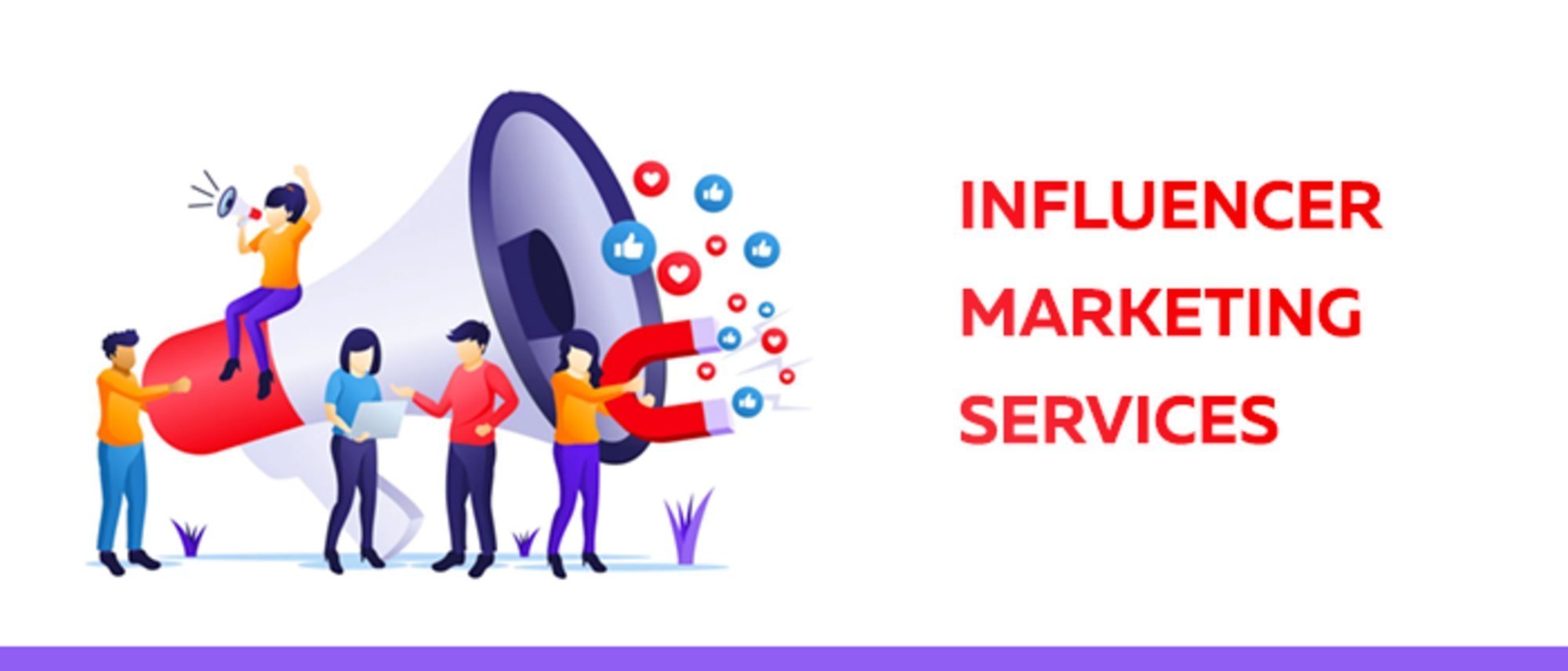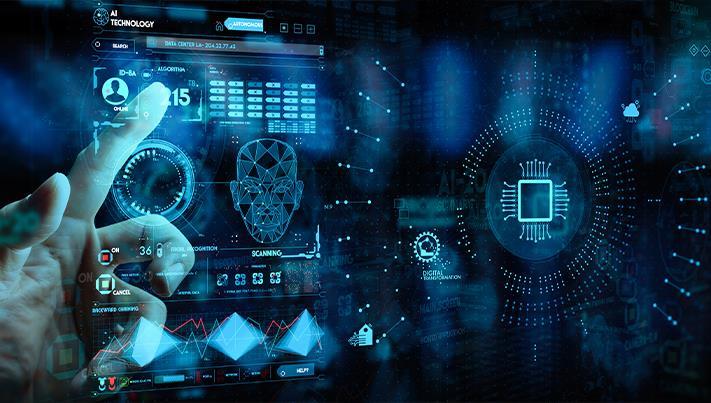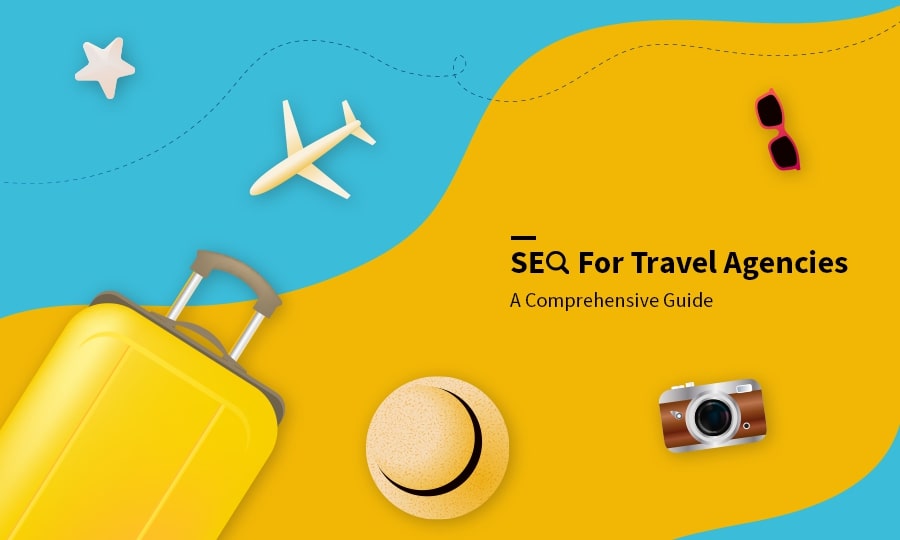
In a world where digital communication and consumer behaviour are changing quickly, travel influencer marketing is a strong way for brands to connect with people in real, meaningful ways. As technology changes, people's expectations change, and travel trends keep changing after the pandemic, the future of travel influencer marketing will probably see both growth and change.
This blog will discuss the current state of travel influencer marketing, explore emerging trends, and offer our predictions for the future. We'll also talk about how brands can stay ahead of the curve.
The Rise of Travel Influencers
Tourism boards, hotels, airlines, and travel tech startups have all used travel influencer marketing as their main way to get people to visit. People don't just look at brochures or old-fashioned ads to choose a place to go anymore. Instead, they trust Instagram posts, YouTube vlogs, and TikTok reels from people they know.
Influencers make content that people can relate to because it's personal, interesting, and motivating. Travel influencer marketing tells stories that make people want to travel and book trips, like a luxury stay in the Maldives or a backpacking trip across South America.
Why does travel influencer marketing work?
The fact that travel influencer marketing is real is what makes it work. Influencers often share the whole experience, including the culture, food, people, scenery, and their real feelings. This honesty helps people trust you, which most ads don't do.
Social proof is another thing that travel influencer marketing uses. People are more likely to do something when they see someone they follow going to a place or using a travel service. It's not just an ad; it's a suggestion.
The current state of marketing with travel influencers
Travel influencer marketing is more organised than it has ever been. Influencer agencies, curated campaigns, and advanced analytics can all help you figure out how much money you made. There are a lot of different types of influencers that brands can work with. These include micro-influencers with small followings and celebrity travellers with millions of fans.
It's very important now to choose influencers, plan content, choose a platform, and track performance. It's not enough to just have a lot of followers for travel influencer marketing campaigns to work anymore. Brand alignment, audience demographics, and engagement rates are also very important.
Trends That Will Have a Big Impact on the Future
1. Switch to micro and nano influencers
Mega influencers are still strong, but more and more brands are using micro and nano influencers to market travel. People usually trust these creators more and interact with their work more.
2. Videos or shorts:
With the help of Videos to tell stories in a way that makes you feel like you're there, Facebook and Instagram videos that are short Reels are changing how businesses promote themselves. In the future, travel influencer marketing will rely heavily on video content that shows real-life events in less than a minute.
3. Campaigns that use AI and data
Artificial Intelligence is changing how brands work with travel influencers by helping them see how well influencers do their jobs, how their audiences act, and how much money they make from campaigns. Expect smarter ways to match influencers and more automated workflows.
4. Travel that helps the environment and has a reason
In the future, travel influencer marketing will be based on being socially responsible, environmentally friendly, and ethical when traveling. People will want influencers who promote eco-friendly vacations, help the local community, and do things that don't add to carbon emissions.
5. Campaigns on more than one platform
It used to be that Instagram was the only thing that mattered. Future travel influencer marketing campaigns will use a wide range of platforms, such as YouTube, Threads, TikTok, Pinterest, and even podcasts.
Problems Coming Up
Travel influencer marketing is growing, but it has some problems that are unique to it:
Authenticity vs. Commercialisation: When influencers make money off of their platforms, it's hard to get people to trust them while promoting brands.
Platform Saturation: With so many creators, it's hard to get noticed.
You don't make travel plans right away, so how do you measure ROI? It can be hard to see how travel influencer marketing changes things over time.
Following the rules: Sponsored content must be clear and follow the rules.
Brands that know how to handle these issues will have the best chance of success.
How to Prepare for What's Next for Brands?
Brands should think about the following things to do well in the next phase of travel influencer marketing:
Investing in long-term partnerships
Brands should work with influencers more than once and build long-term relationships with them. This will help them tell the same stories over and over and gain trust.
Focusing more on niche groups
Targeted travel influencer marketing to specific groups, such as eco-tourists, solo female travellers, and adventure junkies, can boost sales and engagement.
Putting more value on experience than being perfect
People want to hear true stories. To make their content more relatable, ask influencers to talk about the good and bad parts of travel.
Using UGC with Influencers
Putting together content made by users with campaigns run by influencers can make them seem more real and reach more people.
Tracking with the Right KPIs
Don't just pay attention to likes and views. Count how many people visit your website, convert, save, or DM you after seeing influencer content.
Things and services for travel, led by Influencers
Influencers are also making their travel-related products, such as apps, luggage lines, curated trip experiences, and guided tours. This is another new thing that travel influencers are doing to market their products. These projects help brands work together and give people a chance to make things together.
For example, an influencer could work with a hotel chain to make a unique suite or promote a special itinerary that fans can book directly.
In the future, the marketing of travel influence will be this integrated. Influencers will be creators, business owners, and marketers.
What Will Happen Over the Next Five Years?
In the future, we can expect the following:
Hyper-Personalization: Content from influencers that is made for specific groups of people based on how they like to travel and how they use the internet.
Voice and AI Influencers: AI-made influencers could start to talk about travel.
Eco-Certification for Influencers: Brands that care about the environment might want to work with influencers who are eco-friendly.
Decentralised Platforms: Web3-based platforms could change how travel influencers share their content and make money from it.
Community-Based Commerce: Influencers can get people to book groups, events, or experiences through loyal community ecosystems.
Conclusion
There are a lot of new, exciting, and promising things about the future of travel influencer marketing. People want more meaningful and immersive travel experiences, so brands need to rethink how they work with influencers to make real content that adds value.
Travel influencer marketing works best for brands when they use new technologies, focus on niche and ethical travel trends, and build long-term relationships with influencers.
Travel brands and marketers need to change now. The digital nomad of the future won't just have a camera; they'll be in charge of a community, telling a story, and changing how people think about travel.

 Start your Travel Business with Our 7 Day Free Trial Website!
Start your Travel Business with Our 7 Day Free Trial Website!





